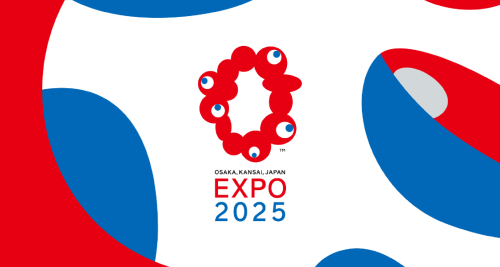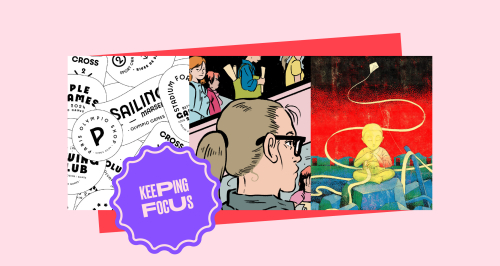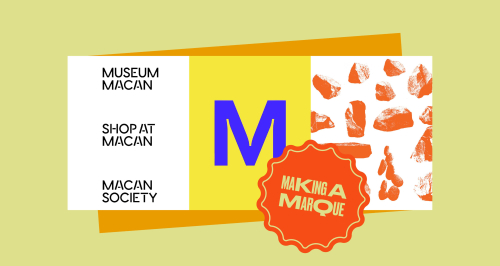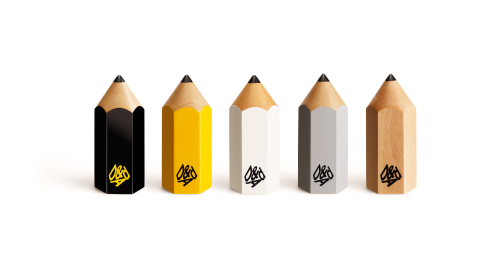Paper, Print and Process: A Recap of NSight Vol. 2
This weekend (23/08), we had the pleasure of attending NSight Vol. 2, where we witnessed a cross-cultural dialogue between Indonesian and Italian creatives on paper, print, and publishing. Under the theme of “Italian-Indonesian Design Mingle”, NStudio partnered with Italian paper manufacturer Fedrigoni to host a series of talks exploring the contexts, outputs, and practices of the two countries. The program offered nuanced insights into the differences and intersections within their design and publishing landscapes. Each session began with a presentation from the speakers, followed by a Q&A moderated by Nina Sharafina, creating space for both structured exchange and audience engagement. The event was held in a hybrid format,combining in-person participation at Gripastudio in Jakarta with online attendance, making it accessible to both Indonesian and international audiences.
NSight opened with its first talk, “Paper in Sustainable Practice”, featuring Fedrigoni (IT) and Andreas Junus from The 1984 (ID). The session emphasized the growing importance of sustainability in shaping design, printing, and publishing across Italy and Indonesia. Fedrigoni began by noting that sustainability is now a common practice among European creatives, though he also acknowledged the economic barriers that limit access to sustainable paper materials. His remarks left the audience reflecting on questions of accessibility and equity in sustainable publishing.
Andreas then turned the discussion to Indonesia, where a lack of infrastructural support has long hindered sustainable printing initiatives. He noted the government’s persistent preference for oil-based printing, which has widened the gap for more eco-conscious alternatives. In response, The 1984 has pursued its own path, adopting sustainable practices through material exploration, packaging design, editorial work, and upcycling. For Andreas, sustainability begins with small, intentional acts. “Any effort is worth it,” he said, “no matter how small.”
The afternoon continued with “Pages in Print”, featuring Margherita Rubini (IT) and Jordan Marzuki (ID), who discussed their approaches to crafting art books. Margherita, a trained graphic designer, described her belief that design must serve meaning rather than exist for its own sake. She illustrated her process through case studies, including her work on a Frida Kahlo catalog where she sought to create a rhythmic flow between text and visuals to enrich the reader’s experience.
Jordan, meanwhile, recounted his unconventional path into publishing after being rejected by local publishers when he attempted to print a book of his childhood drawings. From this setback, he forged his own publishing practice: one described as “subtle,” yet deeply impactful in addressing critical topics in Indonesia. He emphasized that his process is guided by what feels “doable” while striving to create works of uncompromising quality. One of his most notable projects, A Kind of Magic, began as a photobook but grew into a collective, mixed-media publication that grappled with the difficult history of Chinese-Indonesians during the 1998 unrest. The book’s reception was particularly moving for him, as community members responded emotionally to its resonance.
The conversation inevitably turned to funding, where Jordan spoke candidly about the challenges of sustaining independent publishing in Indonesia. Lacking government support, his projects often rely on self-funding or international grants, in stark contrast to European counterparts who benefit from local funding schemes. Margherita acknowledged this disparity with empathy, noting that her commissioned work spared her from such struggles, and praised Jordan’s efforts to tell difficult but necessary stories within the Indonesian context.

The final session, “Press and Process”, brought together Andrea from Atto (IT) and Irawandhani Kamarga of Binatang Press/The 1984 (ID). This talk stood out for its intimate tone, as both speakers shared personal stories about their creative journeys. Andrea described Atto’s evolution across fields such as architecture, fashion, and F&B, while highlighting their playful experiments with materials. His anecdote about spray-painting illustrations for NABA Design 2020—and the backlash it drew from graffiti purists—underscored his belief in embracing critique as part of growth.
Irawandhani’s story, by contrast, was rooted in family and memory. Inspired by her late uncle, a graphic designer who embraced unconventional printing methods, she traced her decision to pursue design back to childhood. She emphasized the importance of process, mentorship, and discipline, likening her studio to a dojo where young creatives could rigorously hone their craft. “Everyone can print,” she said, “but how you print is very important.” Her presentation of Binatang Press’ portfolio, through short videos, captured the studio’s experimental ethos: marked by contrasts and rooted in Indonesian culture.
The discussion concluded with a poignant question on the relevance of manual work in an increasingly digital world. Both Andrea and Irawandhani expressed skepticism toward over-reliance on technology. Andrea described working with one’s hands as an irreplaceable, intuitive act, while Irawandhani voiced concern about design education in Indonesia narrowing students’ skills by prioritizing digital tools over hands-on methods. Together, they reminded the audience that design is not merely a technological pursuit, but a craft grounded in human touch and sensitivity.
Overall, this year’s NSight sparked profound reflection on the role of design as both craft and dialogue. It reminded us that beyond the aesthetics of form and function, design is also about values, processes, and the stories we choose to tell. The conversations between Indonesian and Italian creatives revealed how cultural contexts shape practice differently, yet also how shared struggles—whether in sustainability, funding, or education—create points of resonance. By listening to each other, we uncover not only the differences that make our practices unique, but also the common ground that strengthens our global creative community.
All photographs are taken by @theworkhouse_.

















